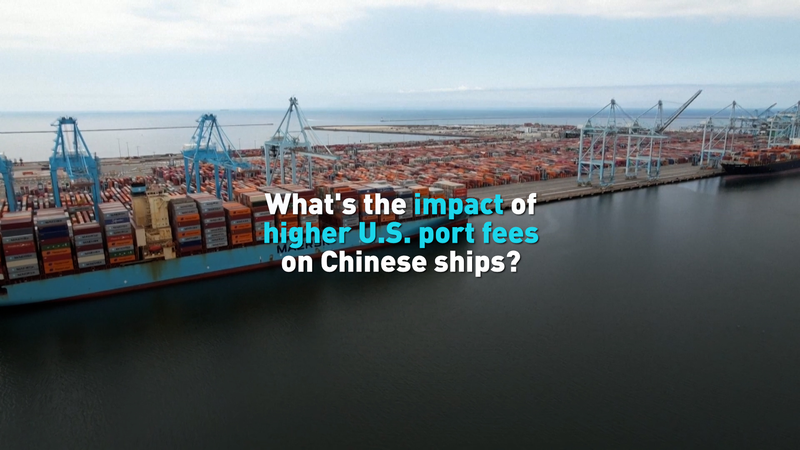From next month, U.S. ports will charge extra fees on ships with links to the Chinese mainland. Shipping officials warn this policy could cost the top carriers billions of dollars in 2025.
Chinese mainland authorities have already signaled potential retaliation, setting the stage for a tit-for-tat dynamic that may reverberate through global supply chains.
For businesses and tech startups, higher freight rates mean tighter margins on everything from consumer electronics to industrial components. Entrepreneurs and import-export professionals will need to rethink pricing and logistics strategies to stay competitive.
Consumers could feel the impact at checkout, seeing pricier gadgets, clothing, and everyday items as carriers pass on added port fees. Travelers and digital nomads might also notice shifts in product availability and international shipping times.
Industry watchers will be monitoring whether carriers explore alternative routes, shift to different port hubs, or invest in more efficient vessels to offset the new costs. The coming months should reveal how these surcharges and any counter-measures reshape the maritime trade map.
Reference(s):
What's the impact of higher U.S. port fees on Chinese ships?
cgtn.com




